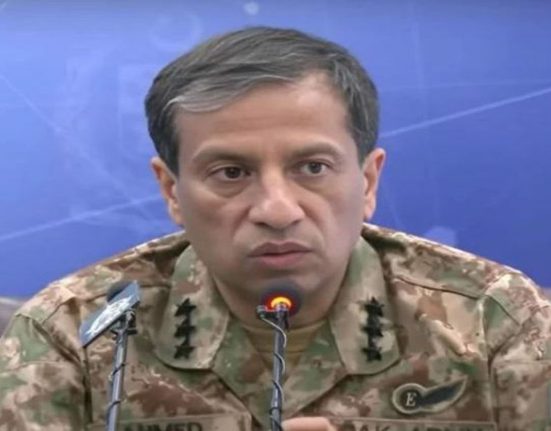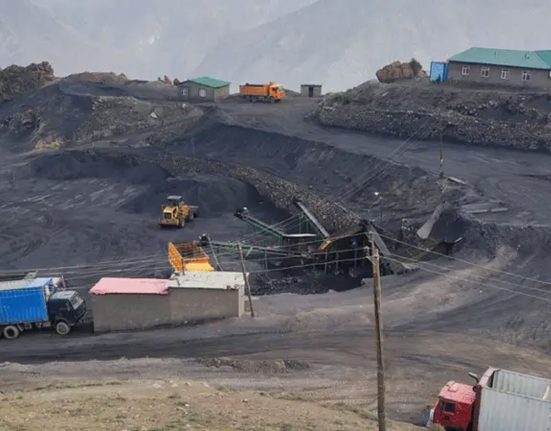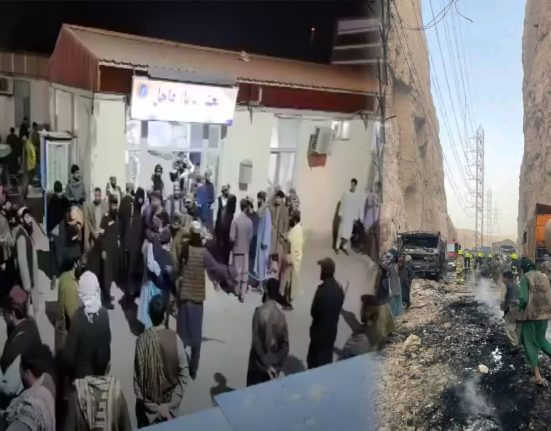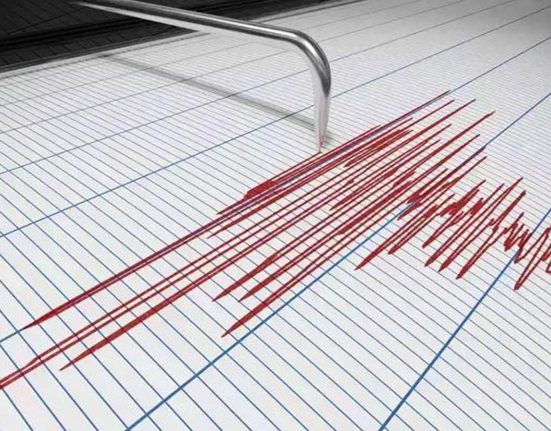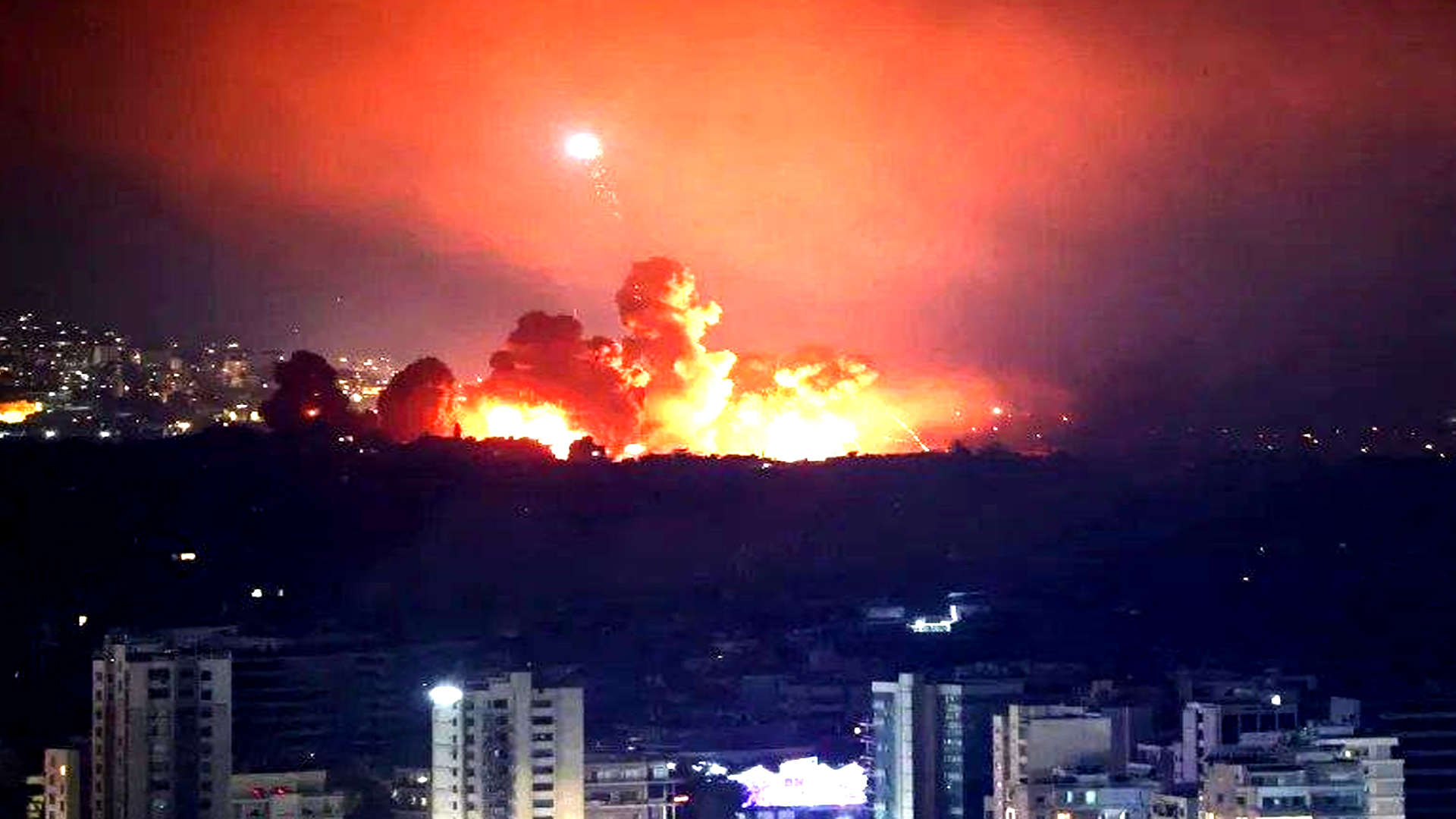
Tensions between the two countries have reached an unprecedented level following Iran’s massive missile attack on Israel last night. The Israeli military announced that Iran fired more than 80 missiles at Israeli territory in two phases.
According to Israeli sources, the attacks left at least 10 dead and more than 250 injured. Four women from a family in the city of Tamra were among the victims. Israeli media also confirmed that areas in Haifa, Bet Yam and the Upper Galilee were targeted.
Israeli President Isaac Herzog described the day as a “sad and difficult morning” and expressed his condolences to the families of the victims.
Some news sources reported that the missiles directly hit the Rafael defense facility in Haifa and attempted to target the prime minister’s home and a power plant in the city of Hadera. The Israeli military has not yet fully confirmed the attacks, but sirens have been heard in several cities, including Haifa, the Galilee and southern Israel.
Iranian media have reported the start of the fourth phase of “Operation True Promise 3,” which includes dozens of missiles and drones and is said to be a response to recent Israeli attacks.
The US THAAD defense system, which was deployed in Israel to intercept Iranian missiles, failed to intercept some of the missiles, and images of some of them passing over the Al-Aqsa Mosque have been released.
Meanwhile, Israeli officials have announced that they are ready to “finish the job with Iran” and have warned that more responses are on the way. Israel’s national security minister has also threatened that any country that supports Iran will face a decisive response.
Recent developments have raised alarm bells about the spread of the conflict to a regional level, and concerns about the outbreak of a full-scale war in the Middle East have increased sharply.


